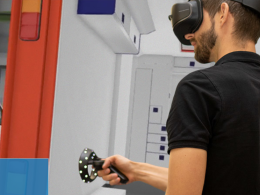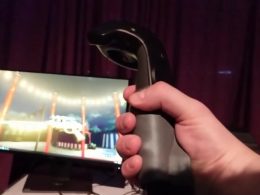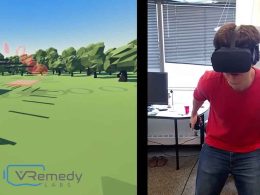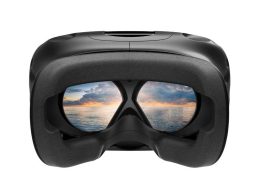The Virtual Dimension Center Fellbach (VDC) has identified the needs of the economy for consulting services in the context of virtual reality and augmented reality. The consulting needs identified could be categorised into four groups: The improvement of one's own ability to work, the development of new markets and business fields, the improvement of one's own capabilities as well as VR and AR mergers and acquisitions.
The VR and AR landscape has changed a lot in the past ten years: Basic requirements for the use of the new technology, such as 3D CAD, are now available in many places. Likewise, new software and hardware systems such as game engines and head-mounted displays have found their way in. The existing consulting concepts from the 2000s are thus only suitable to a limited extent - if at all. The Virtual Dimension Center Fellbach (VDC) therefore wanted to develop a new concept in the context of the project Application Centre V/AR find out how high the current demand is for consulting services in the field of virtual reality (VR) and augmented reality (AR) and where the focus is. The Virtual Dimension Center (VDC) is Germany's leading competence network for virtual engineering.
Methodologically, three directions were taken: First, VDC analysed studies of the last years on VR and AR usage barriers, on B2B cooperation motivations and on VR and AR company takeovers. In all these points, knowledge gaps or knowledge needs are interpreted that could possibly also be covered by VR and AR consultations. Secondly, new VR and AR-based business models were outlined that have the potential to complement or replace traditional business models. This is because the transition from a traditional to a new business model can be meaningfully initiated and accompanied by VR and AR consultations. Thirdly, a company survey was conducted. The questions were derived from the findings of the first two research approaches.
4 groups in need of advice
The consulting needs identified could be categorised into four groups: 1. improving one's own ability to work using VR and AR. 2. opening up new markets and business areas by means of VR and AR. 3. using VR and AR to improve one's own capabilities. 4. using VR and AR mergers and acquisitions.
The analysis also shows that the need for guidance differs in terms of content and magnitude between VR and AR manufacturers and end users: In principle, users see a greater need for advice than manufacturers. The consultant should have prior knowledge of the VR and AR application area as well as prior knowledge of the industry.
Consultancy needs in transition
Guidance needs have existed since the commercial use of VR and AR, but are changing over time: the known barriers to use such as cost, technology and lack of know-how seem to be fading away. Other hurdles remain as well: Benefits, involvement of employees & management, process integration, usability, data preparation & IT integration and availability of specialists.
The greatest need for advice today is seen in the integration of VR and AR into work processes and in profitability calculations. The least need for advice appears in the ergonomics of VR and AR systems. There was also a need for advice on general technology, but comparatively moderate.
So there seems to be a need. Anyone who is active in the field of VR and AR consulting should download the complete Paper view
Source: idw









